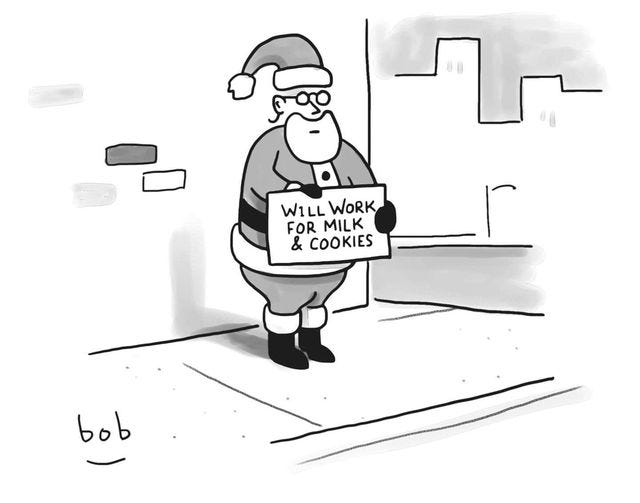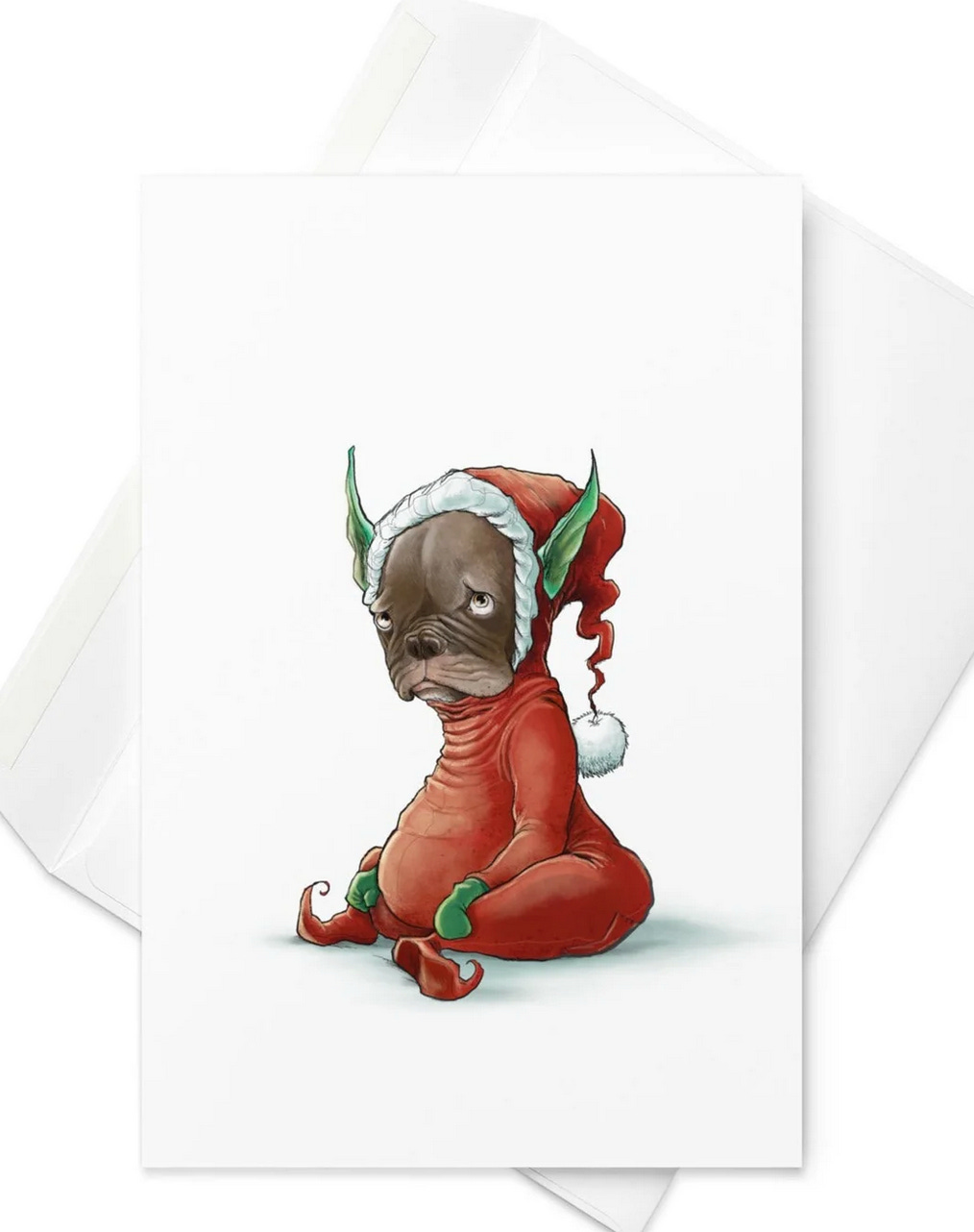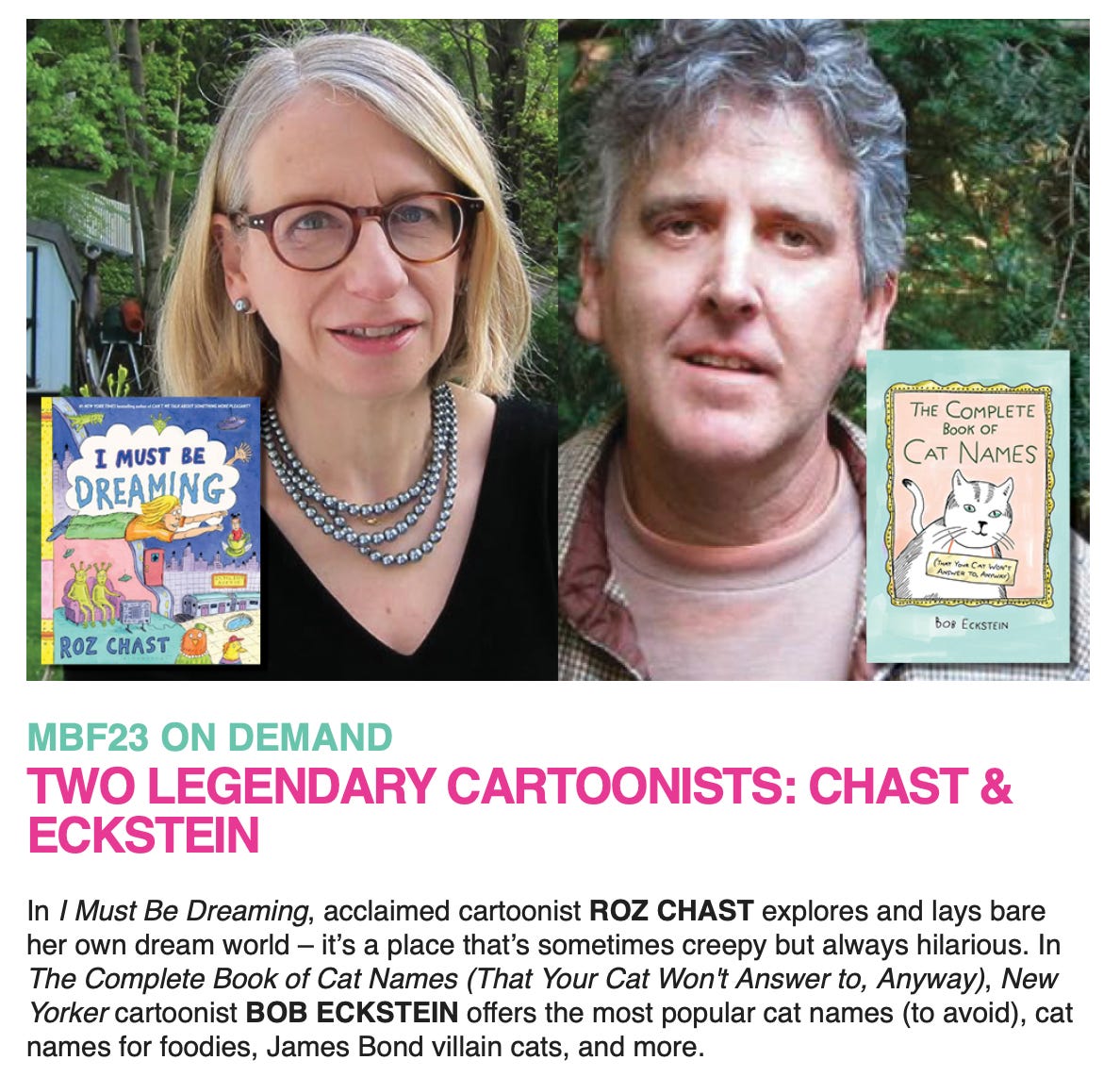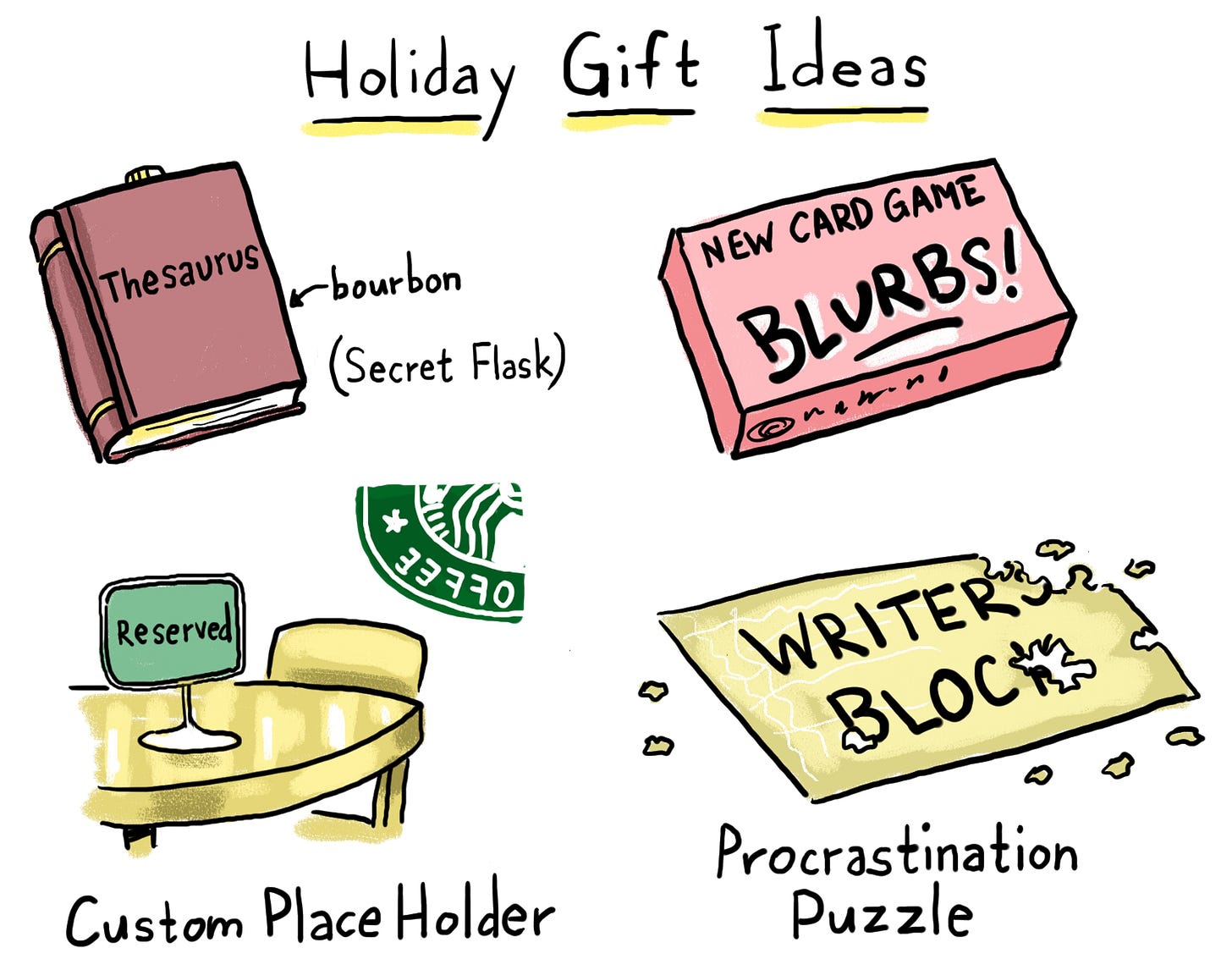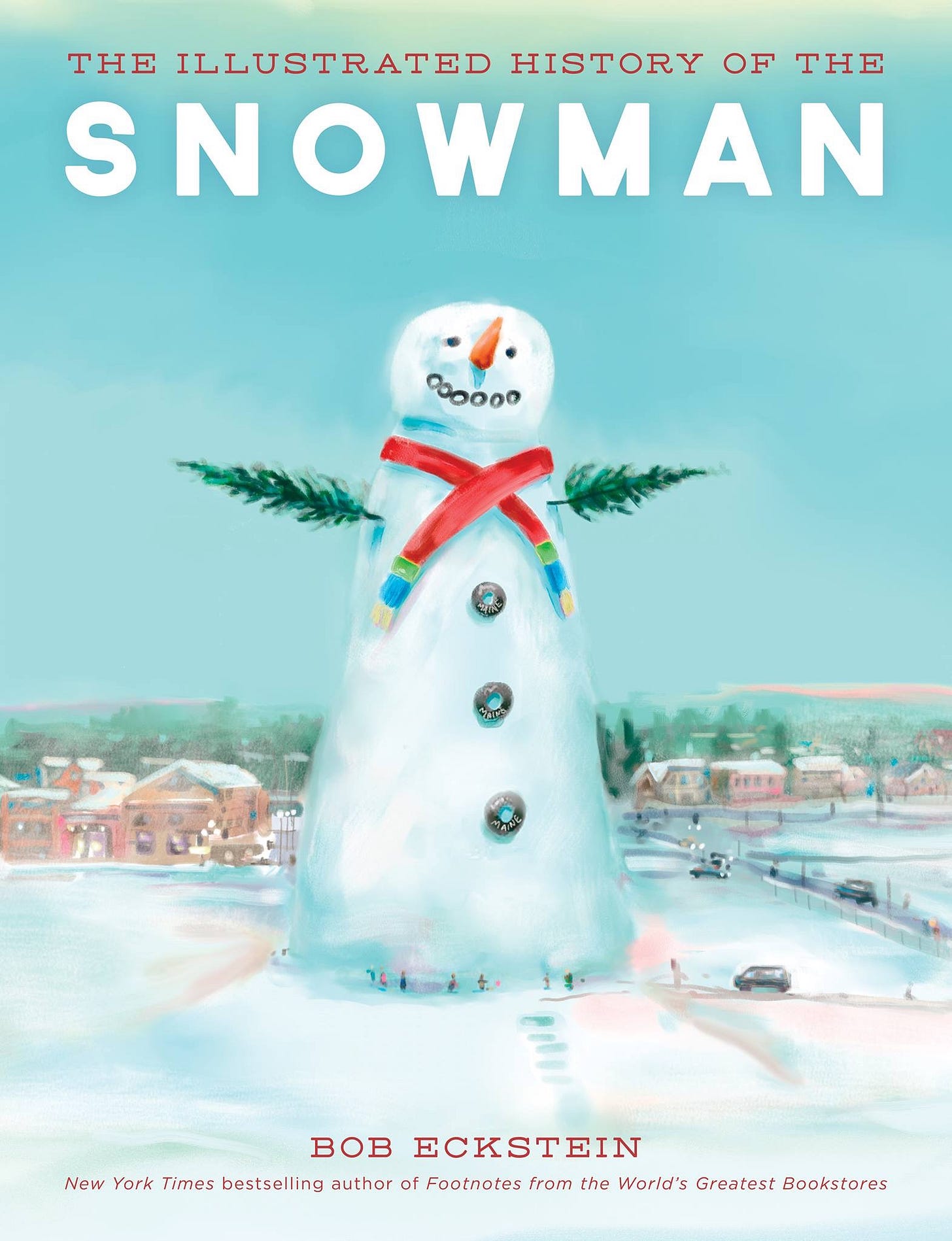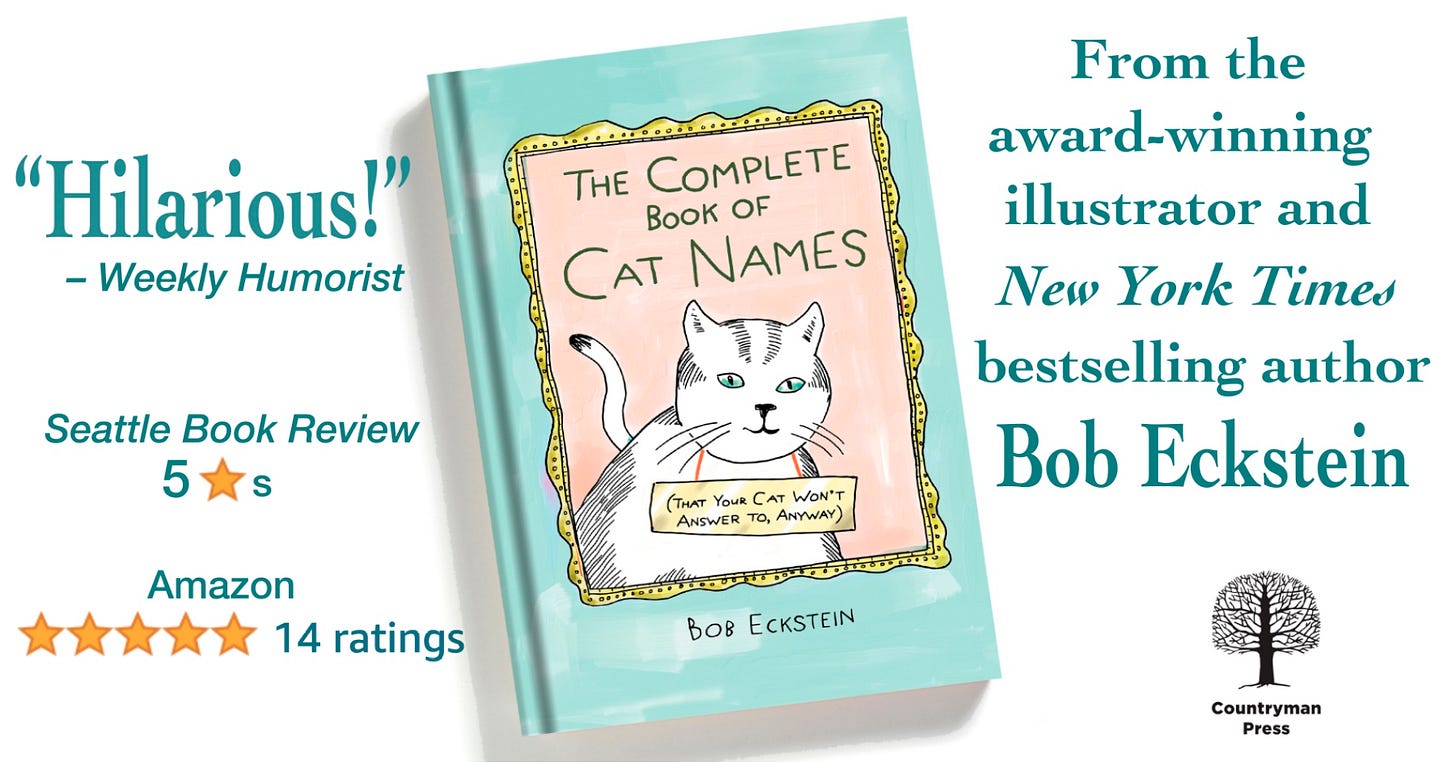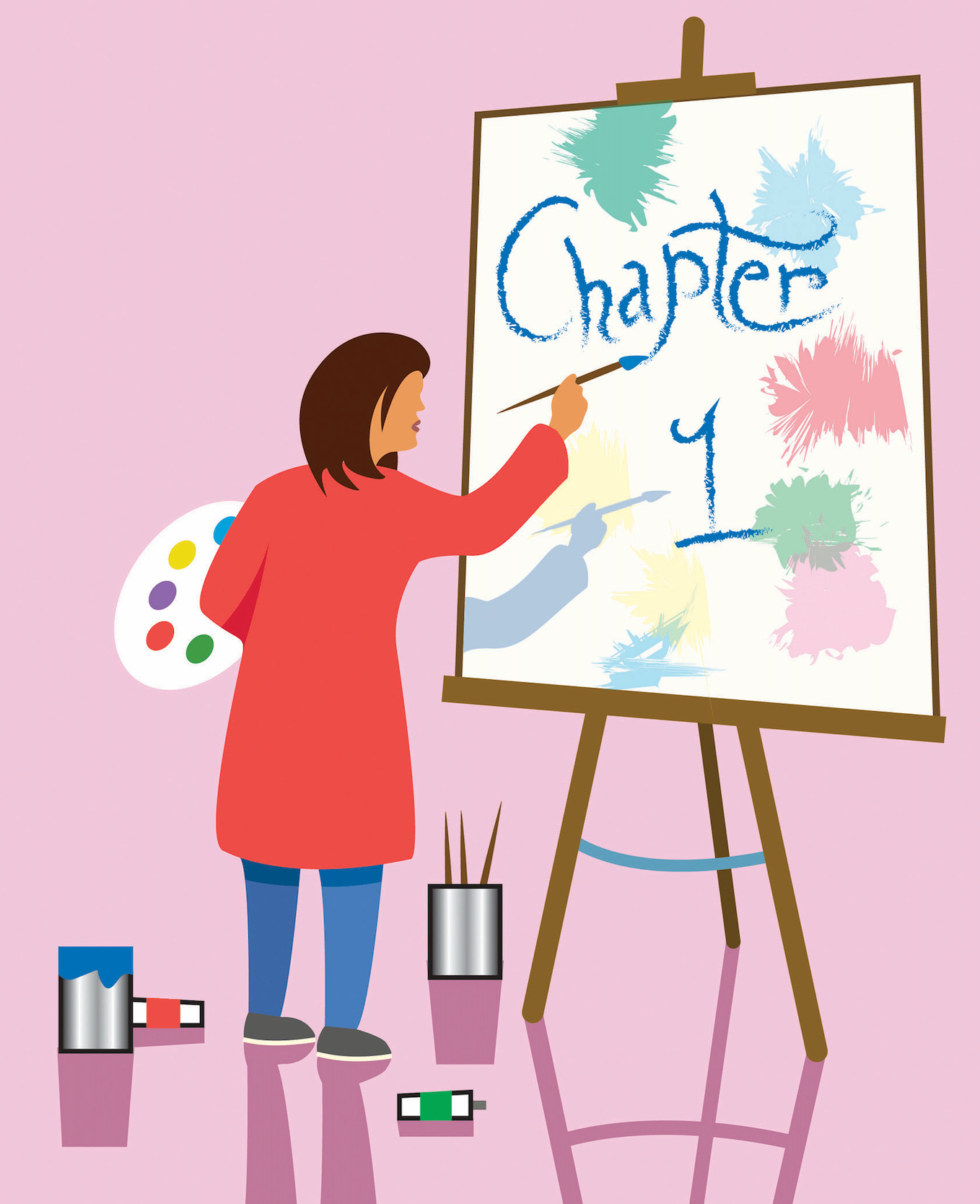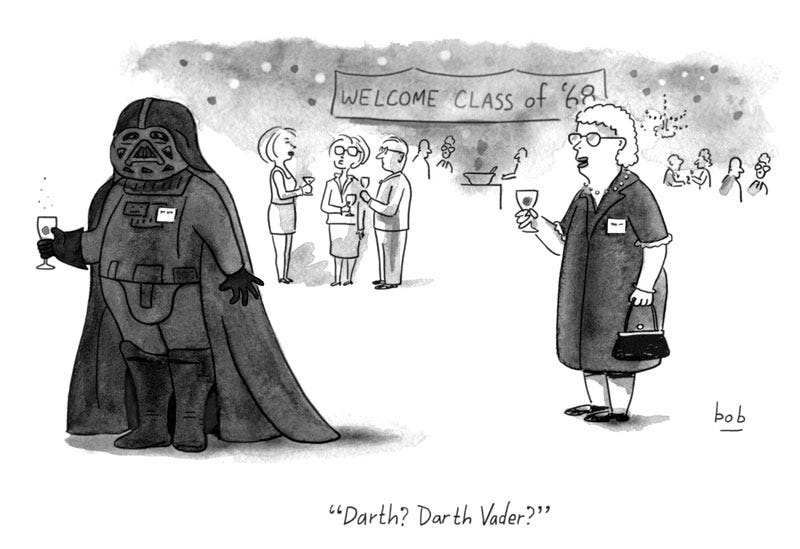For Christ's Sake, It's Christmas Time Already
A Chat with Roz Chast, “The Mysteries” Review and 10 Cartoons This Issue
Let’s get off on the right foot (or hoof). Doing it old-school, I went into the woods and made something with my bare hands, a hand-saw and a sixty-year-old drill that sparks. Christmas was huge at my house. I went to Holy Cross elementary school in the South Bronx where I was an altar boy. Christmas morning meant putting together Hot Wheel sets and bicycles and having the most beautiful, elaborate tree in the world. Our tree was the best and my memory was it was about the size of the one in Rockefeller Center, at least 30’ high, but I realize now that could not be as the small one-bedroom apartment, I lived in my parents, sister and brother, had to be no taller than 8’.
So where was I? Yes, I’m in the woods and the results are these decorative reindeers I’m giving as gifts. And they smell. Nice. Like pine. I sprayed them with pine scent. I thought of everything.


Not everyone can get a reindeer so 50 randomly chosen free-subscribers now have a 6-month subscription to the PAID version of this newsletter. You will know you are a winner if you make it over the paywall at the end of this issue.
With each passing year, the holidays have been getting away from me and I have done a poor job of celebrating with those around me. This year I promised myself I would be all in. Secondly, I have doubled down starting with putting up TWO Christmas trees—one fake and one real, to cover my ass. My New Year’s resolution this year is to change completely.
Yes, that’s a hooked rug by Tammy on the floor.
I see many cartoonists posting their Best Of 2023 cartoons. In this issue I have two of my WORST cartoons of 2023, the two right here…worst because I couldn’t even sell them anywhere. Later in this issue is a conversation I had with Roz Chast down in Miami. I’m including it because a couple of cartoonists have been searching for a tape of the session. I also have a review of the worldwide bestseller, The Mysteries, which many have been talking about.
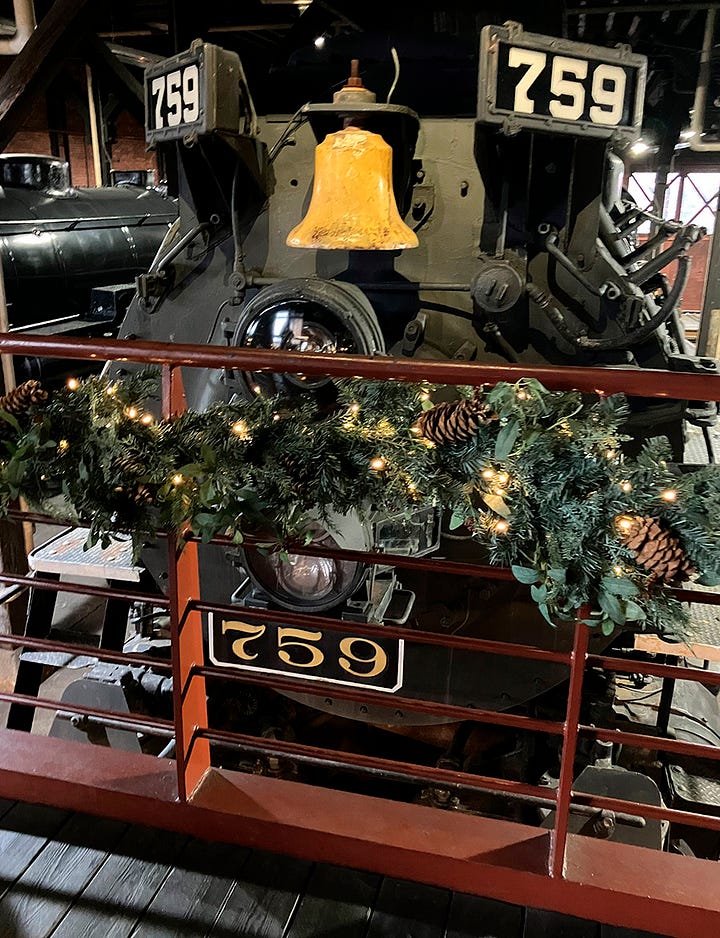


Dec 19th, Tues @ 7pm - 8:30pm, I will be one of the presenters at the 3-part, 3-day Atlas Obscura’s Winter Wonder: Exploring the History of Wintertime Traditions, where I’ll be talking about the history of the snowman. Ticket prices are a three tier system and range from $55 to $85. It begins Dec. 18th and more about all the sessions can be found here CLICK HERE.
Looking for holiday gift ideas that don’t bust your budget? Cartoonist Isabella Bannerman has two holiday shirts out with Funny Times newspaper: Cat Mandala Tee and Dog Mandala Tee.


Wait, there’s more. Cartoonist and stand-up, Jason Chatfield, is selling “Holiday Goblin Frenchie Greeting Cards” and Frenchie wrapping paper.
And for music lovers under your tree, Gary Sohmer (yes, you remember him from the Antique Roadshow, ponytail & Hawaiian shirts.) has produced an amazing new Sci-Fi Rock Opera and has a Holiday Special: Signed double CD set plus signed Book of Grā novel for only $20.00 postpaid (in US). Email GarySohmers@gmail.com to order.

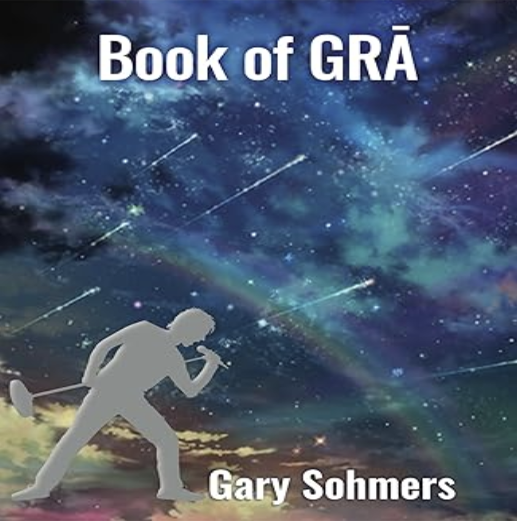
Now a review of The Mysteries written by Bill Watterson and artwork in collaboration with John Kascht:
The adult fable has been overshadowed by the fact its author is the reclusive, beloved Bill Watterson. If one could, and should, get past that fact and see it as a daring project by the Calvin & Hobbs creator and artist John Kascht (and full disclosure, John and I are friends), and not anything related to Calvin & Hobbs (which, full disclosure, I was never a fan of, sue me), it can be viewed as something fresh and welcome. Its genius is how it engages the reader by leaving so much for interpretation. The talented team set the table, creating an ominous mood and strip down the words and eliminating the moving parts (there is no color or dialogue), exercising restrict throughout while giving an unfathomable amount of attention paid to details (so much so that some have erroneously accused the book of using AI). Each page has an abundance of grace and wit, teasing the reader to guess what the heck is going on. One can decipher the tale or in repeated viewings, just soak in the scenery.
Speaking to just the artists (and writers) here, the book is a compelling example of changing gears, and challenging yourself as an artist to chuck your style and force yourself out of your comfort zone, what the artists did here.
This is not a children’s book — I’m making that judgment only based on tone and intention. There are some adults who may disagree and some adults I know found the book disagreeable, too scary for them as well as kids. It’s daring in the fact it’s framed as a children’s book for adults. Fear, in The Mysteries, is the theme, fear of the unknown, something encompassing our world now, in every form (it even appears in humor and cartoons). For awhile I thought the book was about Trump. Then I thought, no, it was must be about global warming. But the most logical answer is it’s simply about the concept of fear. It’s all of those things…what is going to happen next and not knowing what tomorrow will bring. At least it has me thinking that. At least it has me thinking, at all. Can you ask for a book to do more? And it is inspiring me to do likewise for my next book.
This issue’s Shop Talk comes to you in the form of a taped session from the Miami Book Fair.
Either book solves any of your holiday shopping dilemmas––both look like you spent way more then you did. They are available to order in any bookstore. If you shop only online, Bookshop.org has my bestselling bookstore book and give back to independent bookstores. Just click on the book.
Both books are often sold out but any bookstore can special order it and Barnes & Nobles has it online. Just click on the book above. And there is still the cat book. To order online at Bookshop, CLICK HERE.
“Hilarious, humorous.” – The Daily Beast
“Bob Eckstein is rapidly becoming the Dean of American Cartooning.” – American Bystander
Hate books? Funny Times is getting into the Holiday groove with my Dancing Santas. The perfect Secret Santa gift can be found here.
I also sell lots of fun merch (including iPhone covers, pillows, notebooks, mugs, wall art, totes, hoodies, pins, stickers, magnets, even tapestries of my designs.). Check them all out here




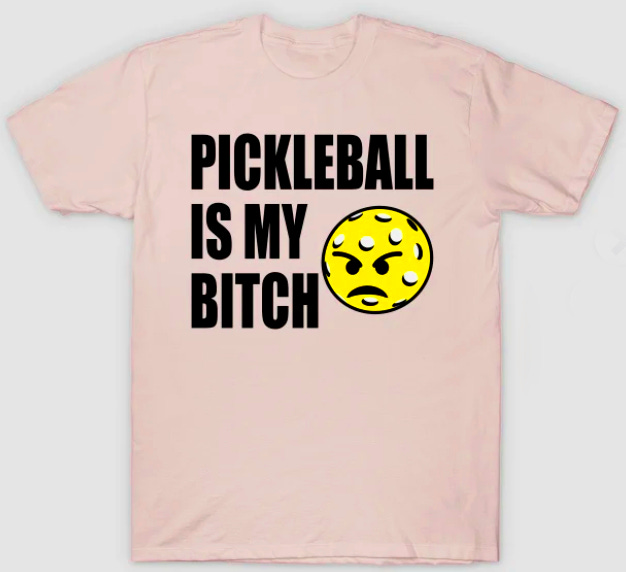

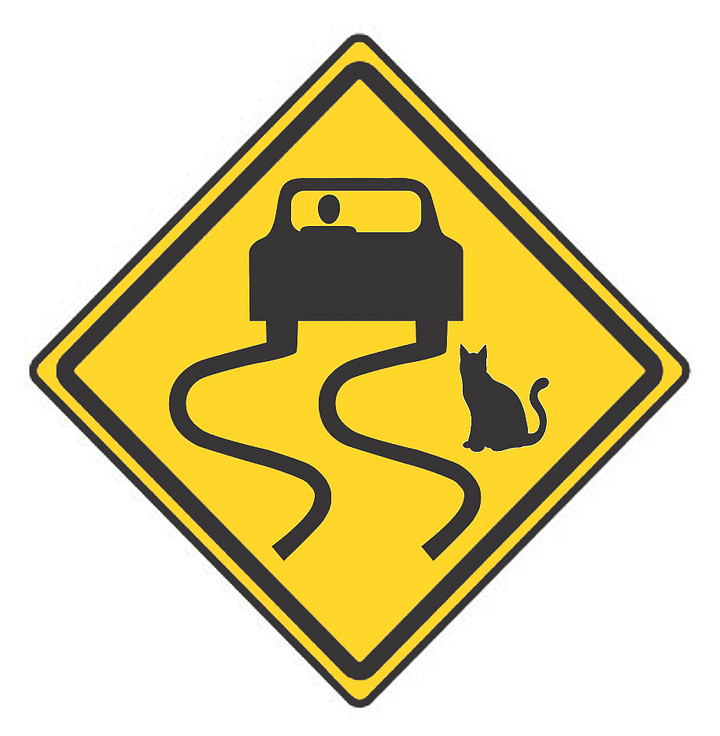
The following first appeared in Writer’s Digest and written mostly by humor expert Mark Shatz (Ph.D. Professor Emeritus, Psychology, author of the bestselling Comedy Writing Secrets: The Best-Selling Guide to Writing Funny and Getting Paid for It).
Turning the Page Into a Canvas
Why do we universally appreciate slapstick, sight gags, and cartoons? Because they are visual — the humor unfolds right before our eyes.
As writers, we have a unique challenge — to craft worlds, including humorous ones, using only words. We, a cartoonist and psychologist, present techniques from our fields to help writers make humor writing more visual, effectively showing readers the funny.
As we discuss ways to strengthen print humor, we remain mindful of E. B. White's observation, “Humor can be dissected, as a frog can, but the thing dies in the process.” Our succinct dissection focuses on ways to spark readers’ imaginations while ensuring the survival of humor and the frog.
Know Your Audience
The comedian Steven Wright pondered, “If you tell a joke in the forest but nobody laughs, was it a joke?” We say “no.” Humor that is not accessible to your audience is akin to that unheard joke in the forest. And that's neither fun nor funny.
There are numerous theories about what makes people laugh, many of which revolve around psychological concepts like incongruity and superiority. The only common denominator is that funny is subjective and relative, so it's essential to tailor humor to your specific audience.
Writing humor requires you to walk in your readers’ shoes, anticipating how they will perceive and construct the humor you are creating. Understanding the potential readership is critical to ensure your humor doesn't fly over their heads. Or under.
The audience dictates every aspect of your humor writing, from word choices and phrasing to the gags themselves. For instance, writing a piece for The New Yorker requires a different brand of humor compared to MAD Magazine. Constantly tuning into your readers’ perspective can help you sidestep the dreaded “It’s just not right for us” rejection.
A comedic awareness of the readership will point you in the right direction, whether you are crafting a one-liner, a blog post, or a more extended piece. The following principles can help make your writing more vibrant, entertaining, and appealing.
Show, Don't Tell: The Metaphorical Paintbrush
At first glance, writers and cartoonists have vastly different toolboxes and skill sets. But if you look closely, you will notice similar devices, such as exaggeration, contrast, and simplification. Before we delve into these techniques, it’s essential to cultivate the right mindset for writing humor that readers can easily visualize.
Think of humor writing as painting by numbers. You, the writer, sketch an outline, and the reader uses their imagination to fill in the details and bring out the humor. Your challenge is to provide enough information to guide readers in conceptualizing and understanding the intended humor.
Vague references can be difficult to imagine and leave too much to readers’ guesswork. But descriptive language — complete with sensory details, actions, reactions, and consequences — makes it easier for readers to understand what you’re getting at while creating a humorous scene in their minds.
Here’s an example. Instead of writing, “Julie was nervous before her speech,” you could try something more descriptive: “As she approached the podium, Julie's off-white blouse darkened with pit stains, as she stumbled on the steps, quickly grabbing the ruby-red stage curtains to prevent her fall from becoming an Instagram sensation.”
Keep reading with a 7-day free trial
Subscribe to The Bob to keep reading this post and get 7 days of free access to the full post archives.






